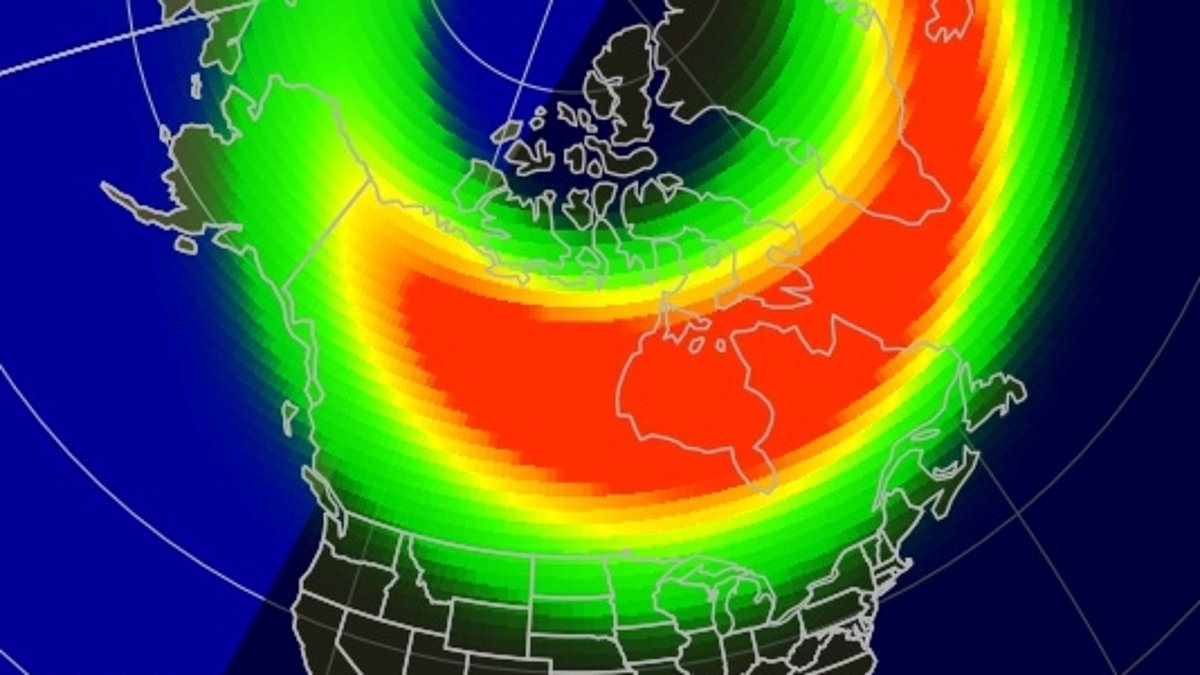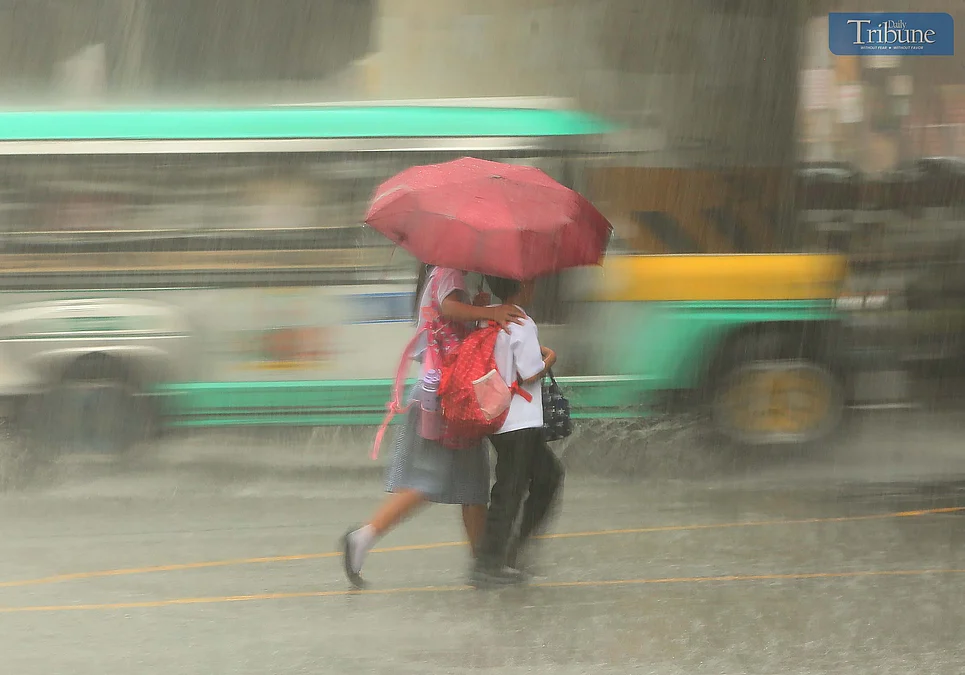By Chris Melore,Editor
Copyright dailymail

Major solar storms hitting Earth in HOURS causing widespread disruptions in 11 US states
MORE: Massive ‘weak spot’ in Earth’s magnetic field is growing
By CHRIS MELORE, US ASSISTANT SCIENCE EDITOR
Published: 15:11 BST, 15 September 2025 | Updated: 15:36 BST, 15 September 2025
Earth is under a barrage of solar storms that could disrupt power and communications throughout Monday.
Late Sunday night, a major G3 geomagnetic storm struck the planet, and forecasters with the National Oceanic and Atmospheric Administration (NOAA) warn that a G2 storm is expected to follow today.
Geomagnetic storms occur when massive eruptions of plasma from the sun’s outer layer temporarily disturb Earth’s magnetic field.
Imagine a strong gust of wind hitting a flagpole. These storms are measured on a scale from G1 (minor, like a light breeze) to G5 (extreme, like a hurricane).
While a G2 storm is considered moderate, it can still cause minor power grid fluctuations, slight satellite disruptions, and potential high-frequency radio blackouts.
NOAA’s Space Weather Prediction Center said the peak of Monday’s activity is expected to last until around 2pm ET.
At least 11 states will likely be affected by Monday’s ongoing solar activity, including Alaska, Washington, Idaho, Montana, North Dakota, Minnesota, Michigan, Maine, Vermont, New Hampshire, and Wyoming.
New York, Oregon, South Dakota, and Wisconsin could also be in the path if the solar storm is strong enough.
The solar storm striking Earth has produced auroras and power disruptions since Sunday night over the northern US (Stock Image)
Solar winds and a potential coronal mass ejection on September 11 are believed to be the cause of the multiple geomagnetic storms
Even more states reported seeing auroras, also known as the Northern Lights, during the G3 storm Sunday night.
That G3 storm and the G2 storm expected today are part of the same solar event coming from the sun on September 11.
These geomagnetic storms are triggered by solar activity, like solar wind or coronal mass ejections, which typically take one to five days to reach Earth, depending on their speed and the sun’s activity.
Solar flares which strike Earth also send out X-rays that can mess up radio signals on Earth. R1-R2 events are expected this weekend and are considered minor to moderate, causing spotty GPS signals.
NOAA has set the odds of this taking place Monday at 30 percent, and only in areas of the US with high latitudes, such as northern states Alaska and those along the US-Canada border.
This event is expected to weaken after midday on September 15, with only minor (G1) or no storm activity forecasted for September 16 and 17.
Although there aren’t any major solar storms in the forecast for Tuesday and Wednesday, NOAA said there will still be a 30 percent chance of continuing radio blackouts due the planet’s magnetic field remaining unsettled.
For most people, especially those further south in the US, you likely won’t notice any effects of the ongoing solar storms hitting Earth.
Solar storms produce auroras, also known as the Northern Lights, with stronger storms giving viewers better chances of seeing them (Stock Image)
Massive 250,000-mile-long ‘canyon of fire’ erupts on the sun triggering fears of solar chaos
However, Americans in areas that do see these effects regularly during solar activity have the best chance of catching the Northern Lights each night during a geomagnetic storm.
To improve your chances of seeing an aurora, go to a dark location away from city lights, face north, and use a space weather app for real-time updates.
Power companies regularly take note of these forecasts and usually take steps to prevent serious problems during stronger storms, such as adjusting their grid settings.
If you rely on sensitive electronics or live in a high-latitude area, it’s recommended that you have a flashlight or backup power ready, just in case a solar storm is stronger than predicted.
Share or comment on this article:
Major solar storms hitting Earth in HOURS causing widespread disruptions in 11 US states
Add comment



